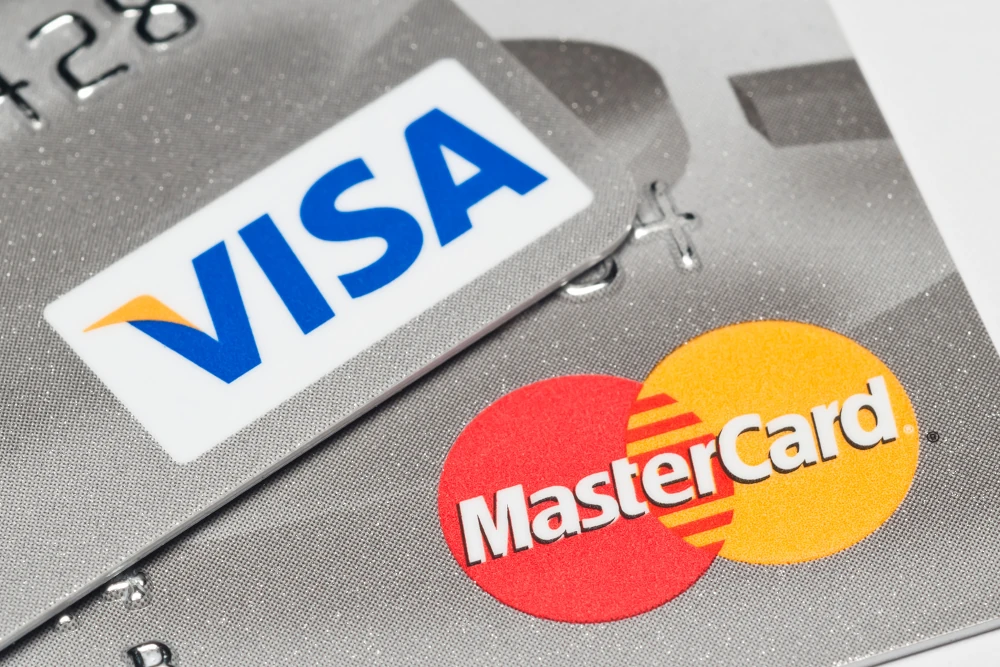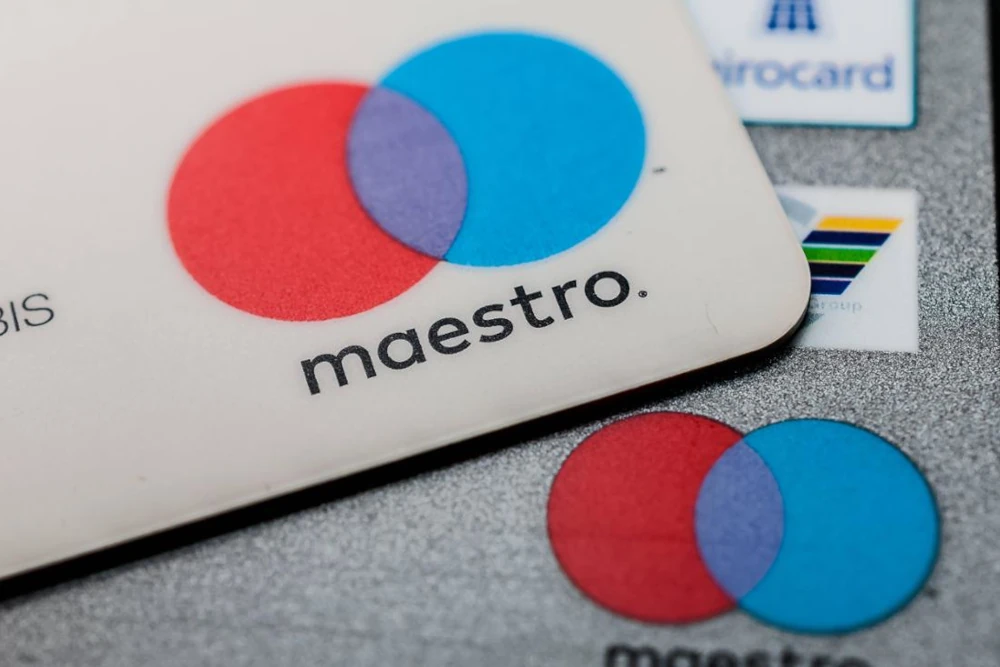Introduction
We’ve all heard about Bitcoin, but have you ever wondered how it stacks up against traditional credit cards? As crypto cards gain popularity, it’s crucial to understand how they compare to familiar names like Visa, Mastercard, and Maestro.
These new financial tools are shaking up the way we think about money and payments, offering unique benefits and challenges.
In this article, I will dive into the world of crypto cards and see how they measure up to traditional plastic.
I will look at how each type of card works, explore their security features, and check out the perks they offer. By the end, you’ll have a clear picture of what sets crypto cards apart and whether they might be a good fit for your wallet.
So, let’s get started and unravel the mysteries of these exciting payment options!
Please leave a moment in the end.
Card Types and Functionality
Bitcoin as Digital Currency

Bitcoin stands out as the currency of the Internet – a decentralized, worldwide digital money. Unlike traditional currencies, Bitcoin operates without any central authority.
This means no government, company, or bank is in charge, making it more resistant to inflation and corrupt banking practices. With Bitcoin, we can be our own bank, giving us more control over our finances.
Visa and Mastercard Credit/Debit Options

Visa and Mastercard are two of the most popular card networks, making up over 80% of credit cards in the U.S. They offer similar capabilities and are accepted globally.
Both provide prepaid, debit, and credit cards, along with a range of business and financial services.
These cards come in different tiers with increasing benefits:
- Visa: Traditional, Signature, and Infinite
- Mastercard: Standard & Gold, Titanium & Platinum, World, and World Elite
The main differences between Visa and Mastercard aren’t due to the companies themselves, but to the banks that issue the cards and set interest rates and fees.
Maestro as Debit-Only

Maestro, offered by Mastercard since 1991, is a debit-only payment system.
Unlike credit cards, Maestro cards only allow spending money that’s in the user’s checking account. They’re accepted at millions of places worldwide and can be used to withdraw money and make cashless payments abroad.
However, it’s worth noting that as of July 2023, Maestro is being phased out for newly issued cards in Europe. Mastercard is replacing it with the ‘Debit Mastercard’.
Functionality Comparison
When it comes to functionality, here’s how these options compare:
- Bitcoin: Allows for direct peer-to-peer transactions without intermediaries.
- Visa/Mastercard: Offer credit and debit options, with widespread acceptance and various rewards programs.
- Maestro: Provides debit-only functionality with international acceptance.
Crypto cards are bridging the gap between traditional and digital currencies.
They allow users to spend their cryptocurrencies at merchants accepting traditional cards. When a purchase is made, the crypto is converted to fiat currency at the current exchange rate.
In terms of security, all options offer robust features. Traditional cards use chip-and-PIN technology, while crypto cards often employ additional measures like two-factor authentication.
Security Features and Fraud Protection

When it comes to keeping our money safe, we all want to know we’re in good hands. Let’s take a closer look at how Bitcoin, Visa, Mastercard, and Maestro protect us from fraud and keep our transactions secure.
Bitcoin’s Blockchain Security
Bitcoin’s security is built right into its core.
The blockchain technology it uses creates a structure that’s tough to crack. Each transaction is bundled into a block and linked to the ones before it, making it nearly impossible for anyone to tamper with the records.
Plus, the whole system is decentralized, which means there’s no single point of failure. This setup makes Bitcoin resistant to many common attacks.
Visa and Mastercard Security Measures

Visa and Mastercard have been in the game for a long time, and they’ve developed some solid security measures. They use multiple layers of protection for both online and in-store purchases.
One of their key features is the Zero Liability policy, which means we’re covered if our card is lost, stolen, or used fraudulently. They also offer Visa Secure, making online shopping as safe as buying in a store.
Maestro’s PIN-Based Security
Maestro takes a slightly different approach, focusing on PIN-based security.
Every transaction requires a PIN, adding an extra layer of protection. This system has been effective in reducing credit card fraud in Europe, and we’re starting to see similar benefits in North America.
Security Comparison
When we compare these options, we see that each has its strengths:
- Bitcoin relies on its decentralized nature and complex cryptography.
- Visa and Mastercard offer robust fraud protection and zero liability policies.
- Maestro’s PIN system provides a simple but effective security measure.
While all these methods are generally secure, it’s important to remember that no system is perfect.
We still need to do our part by being careful with our information and staying alert for potential scams or phishing attempts.
Rewards and Benefits

When we’re choosing a payment method, the perks and rewards often play a big role in our decision.
Let’s take a closer look at what Bitcoin, Visa, Mastercard, and Maestro have to offer.
Bitcoin Investment Potential
Bitcoin isn’t just a way to pay; it’s also an investment opportunity. We’ve seen its value skyrocket over the years.
Back in May 2016, one bitcoin was worth about $500. Fast forward to September 2024, and that same bitcoin was valued at around $56,902. That’s a mind-blowing growth of 11,280%! This potential for significant returns is a major draw for many of us.
Visa and Mastercard Reward Programs
Visa and Mastercard have some pretty sweet deals up their sleeves.
They offer a range of rewards, from cash back to travel perks.
For instance, some cards give us a $200 cash rewards bonus after spending $500 in the first three months. Others offer unlimited 2% cash rewards on purchases. There are even cards that provide up to 6.5% cash back on travel purchases through specific programs.
For the jet-setters among us, there are cards offering 60,000 bonus points after spending $4,000 in the first three months. That’s equivalent to $750 when redeemed through certain travel programs. Some cards also offer perks like annual travel credits and bonus points on dining and streaming services.
Maestro’s Basic Features
Maestro, while not as flashy as its counterparts, offers some solid basic features. It’s all about simplicity and security.
Maestro cards use PIN-and-Chip technology, allowing for seamless transactions through contactless payments or PIN verification.
There’s no spending limit as long as we have funds in our account. It’s a great option for those of us who want to avoid overspending.
Comparison of Perks
When we compare these options, we see that each has its unique advantages:
- Bitcoin offers potential for significant investment returns.
- Visa and Mastercard provide a wide range of rewards, from cash back to travel perks.
- Maestro focuses on basic features and security, ideal for budget-conscious users.
Crypto cards are bridging the gap between traditional and digital currencies, offering rewards in various cryptocurrencies. Some even offer dual-mode flexibility, letting us switch between credit and debit as needed.
Conclusion
To wrap up, the world of payment cards is changing fast, with crypto cards joining the mix alongside traditional options like Visa, Mastercard, and Maestro.
Each type of card has its own strengths, from Bitcoin’s investment potential to the robust reward programs of major credit cards. The choice between them depends on what matters most to us – whether it’s security, rewards, or the chance to grow our money.
As you’ve seen, there’s no one-size-fits-all solution when it comes to payment cards.
It’s worth taking a closer look at our spending habits and financial goals to figure out which option fits best.
Whether we’re drawn to the cutting-edge tech of crypto or the tried-and-true benefits of traditional cards, the key is to pick a payment method that makes our financial life easier and more rewarding.

Leave a Reply
You must be logged in to post a comment.